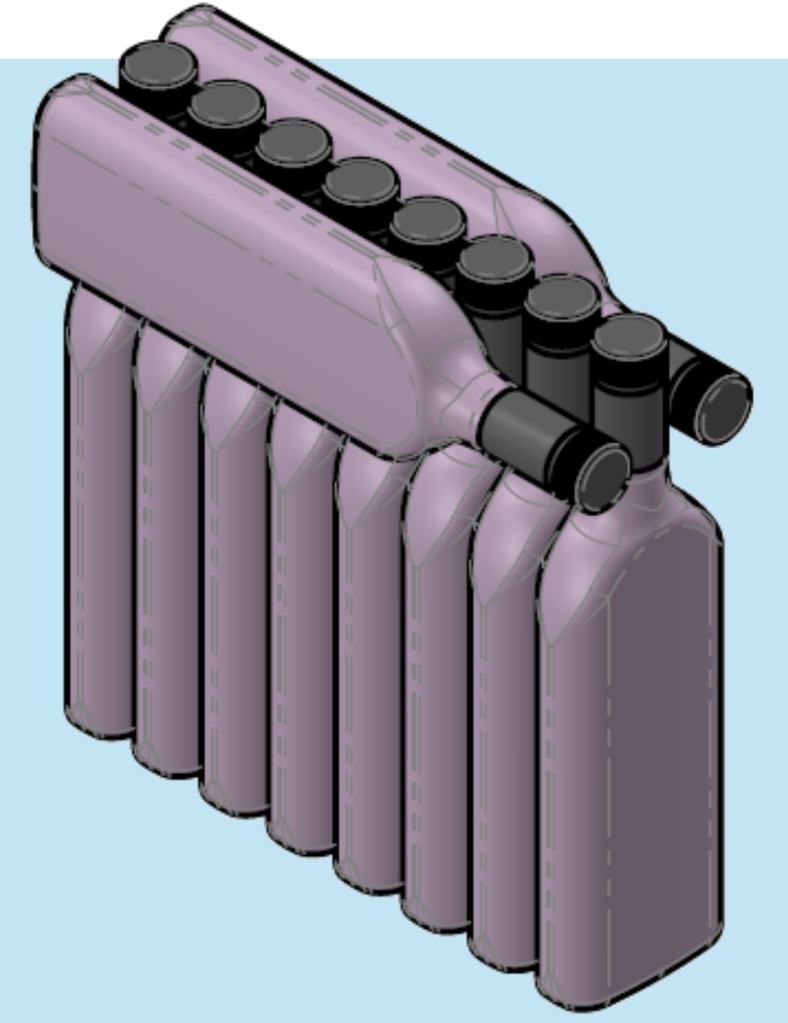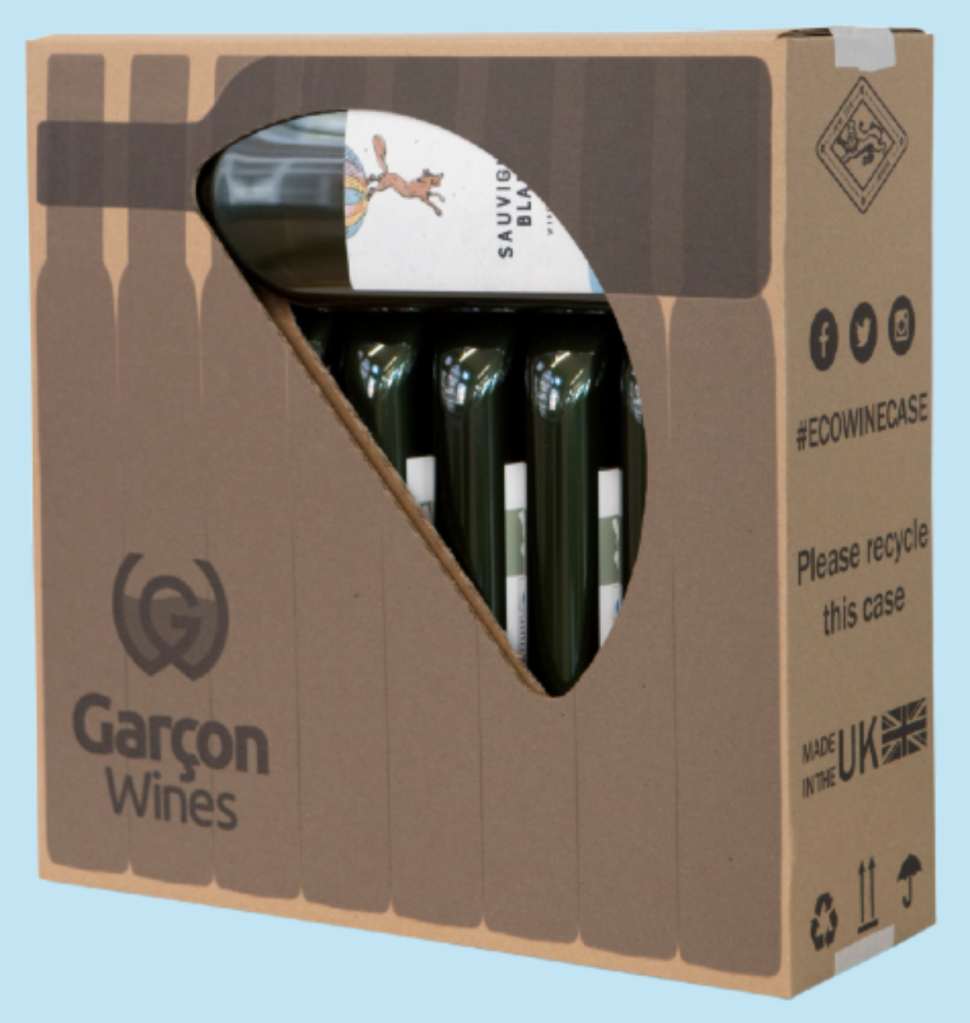The global wine industry is estimated to use more than 35 billion glass bottles a year, and transportation (in most cases in boxes of six or 12) involves large volumes of unused airspace.
The origins of the flat wine bottle
Developed originally to facilitate the seamless delivery of wine into UK homes via the letterbox, our innovation was conceived by wine retailing entrepreneur Santiago Navarro and his co-founder Joe Revell created the company Garçon Wines.

They set out to improve consumer convenience, cut the costs of failed deliveries which in the UK alone are estimated to be £1.6 billion, and help to reduce the near 1 million kilograms of carbon emissions associated with missed deliveries in the UK.
Santiago Navarro says that the recycled plastic used for the bottles was safe and did not affect the taste. The company said it used technology that reduced the ingress of oxygen into the bottles for about a year.

Their impact on wine logistics
With a goal of significant advancement in wine logistics, packaging and sustainability, Garçon Wines have created a game-changing case for multi-bottle transit and delivery.

This packaging is innovated and improves sustainability, it fits 10 flat bottles in a space that only fits 4 round, glass 75cl bottles, which means 2.3 times more wine fits on a pallet, reducing the number of HGVs needed and allowing companies to slash their logistics costs and supply chain greenhouse gas emissions by 60%.

It is also lighter and takes less space, Packed with our lightweight bottles, the whole case weighs just 9kg, making it 36% lighter based on a pro-rata comparison with an average six bottle case, and it is safer for workers to handle across the supply chain. The box is made from 100% sustainably sourced cardboard and 100% recyclable.
As a summary that says it all, one pallet loaded with flat bottle cases could carry 1,040 bottles of wine, compared with 456 round bottles.
Great Post! A good example of sustainability and efficiency packaging. But the packaging it’s also a marketing issue. Then, if you ask for a bottle of wine in a restaurant and they bring this packaging. Would you think in a good quality product?